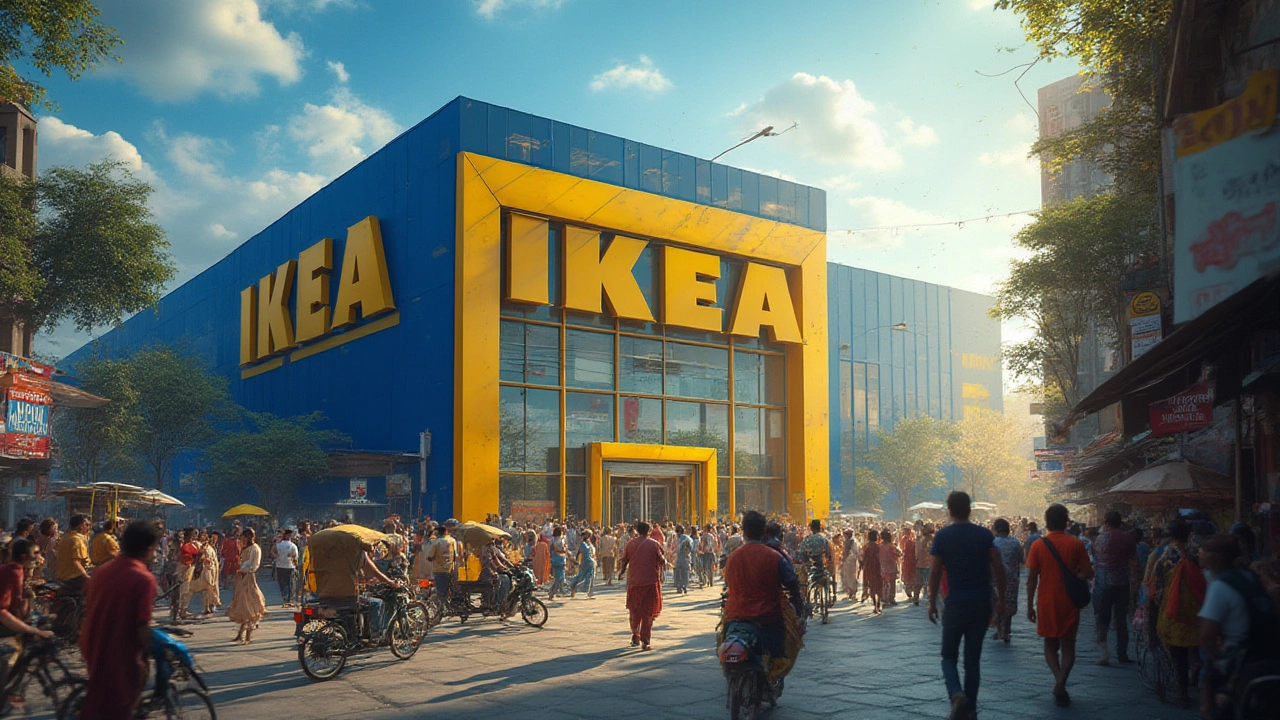- Fastest Growing Pharma Company in India: Latest Rankings, Data & Trends 2025 Jul 7, 2025
- Which car brands are made in India? Oct 27, 2025
- Who is the World's Largest Chemical Manufacturer? - 2025 Update Oct 21, 2025
- Are Any Cars Made in China Sold in the US? Oct 30, 2025
- Most Reliable Cars in Asia: Top Picks & Insider Insights Jul 27, 2025
Indian Retail Market: What’s Driving Growth in 2025?
India’s retail scene is exploding. From bustling street stalls to massive online malls, the sector adds about 12% to the economy each year. Consumers are spending more, thanks to higher disposable incomes and a surge in digital payments. If you’re eyeing this market, the numbers alone make it worth a closer look.
Key Drivers Behind the Boom
First up, urbanisation. Over 30 million people move to cities every year, bringing fresh demand for fashion, food and tech. Second, the rise of e‑commerce platforms—Flipkart, Amazon India, and dozens of niche sites—has pushed even small towns online. Finally, government schemes like the Production‑Linked Incentive (PLI) are encouraging local manufacturers to supply retailers directly, cutting costs and speeding up delivery.
All these factors mean inventory turnover is faster and profit margins are narrowing, so retailers need to be agile. Real‑time data, AI‑driven demand forecasting, and a strong logistics network are becoming non‑negotiable.
What’s Selling Best Right Now?
Apparel and electronics still lead, but food‑processing products are catching up fast. The post‑COVID shift toward home‑cooked meals has boosted processed food sales, while the push for ‘Made in India’ gadgets fuels local electronics demand. Even luxury fabrics are finding a niche audience among high‑earning millennials.
Fast‑moving consumer goods (FMCG) enjoy the most shelf space, but niche categories like sustainable apparel and health‑tech wearables are gaining traction. If you’re a brand, consider a mix of core staples and emerging trends to capture a wider audience.
Another practical tip: leverage omni‑channel strategies. A shopper might browse on a mobile app, compare prices in a physical store, and finish the purchase on a desktop. Seamless integration across channels reduces cart abandonment and builds loyalty.
Supply chain hiccups remain a pain point. Recent logistics cost hikes in India have squeezed margins, especially for small‑scale manufacturers. Partnering with local warehousing firms or using third‑party logistics (3PL) can help you stay competitive without breaking the bank.
Investment in technology pays off quickly. AI‑based inventory tools can predict demand spikes during festivals like Diwali or Holi, preventing stock‑outs. Similarly, chatbots improve customer service without adding headcount, keeping shoppers happy and boosting repeat business.
Finally, keep an eye on regional variations. While metros like Mumbai and Delhi dominate sales, tier‑2 cities such as Jaipur, Kochi, and Indore are growing faster in per‑capita spend. Tailor product mixes and pricing to suit local tastes for better conversion rates.
In short, the Indian retail market offers massive potential, but success hinges on speed, technology, and a deep understanding of consumer behaviour. Stay nimble, invest in data, and watch the opportunities unfold.
Why IKEA Chose India: Unpacking the Swedish Giant's Expansion Strategy
- Aarav Sekhar
- Jul 9, 2025
Explore the real reasons IKEA entered India. Go beyond the headlines to learn about their strategy, the market forces, and what made India irresistible for the Swedish home giant.
